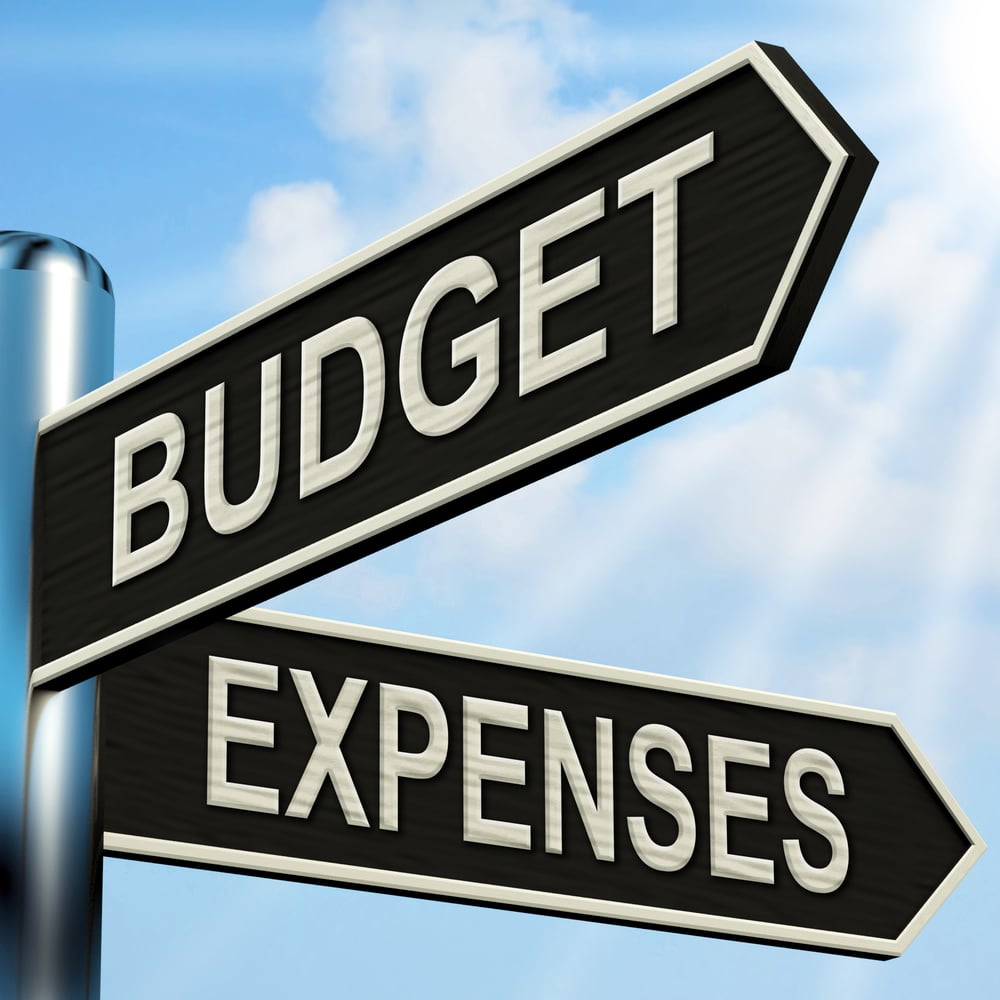 Finding out the best & getting into the preferred college is one of the biggest challenges for parents and their children after the high school education. It’s not an easy task for everyone to achieve desired goal without any skill and knowledge. Thus, it is very important to preparing during high school education both academically and financially to deal successfully with college days challenges. To reduce some stress & overcome upcoming difficulties, you can arrange a meeting with counselor and discuss all the important courses to take throughout high school, summer tutoring opportunities as well as extracurricular activities. Indeed, students can register for & take SAT subject test, PSAT/ACT and Reasoning test.
Finding out the best & getting into the preferred college is one of the biggest challenges for parents and their children after the high school education. It’s not an easy task for everyone to achieve desired goal without any skill and knowledge. Thus, it is very important to preparing during high school education both academically and financially to deal successfully with college days challenges. To reduce some stress & overcome upcoming difficulties, you can arrange a meeting with counselor and discuss all the important courses to take throughout high school, summer tutoring opportunities as well as extracurricular activities. Indeed, students can register for & take SAT subject test, PSAT/ACT and Reasoning test.
Parents can assist their child create well-versed decisions about his/her education, learn about colleges, perform well academically and discover the best possible opportunities for the college education. Usually, people need to pay attention to each critical step as well as plan ahead along their route to college.
How to Plan Four Years in #HighSchool for #College Prep http://t.co/dxwfG4j2P5
— Tutor Pace (@TutorPace) August 19, 2015
Have a look at the 5 important milestones along your way to college that can help you reach at your preferred destination!
Ready to Face Challenges & Become a Skilled College Candidate During high school education in 9th, 10th, 11th and 12th Grade, students get the better opportunity to learn about the different subjects & prepare for college. Meet with career counselor or guidance counselor in the early hours to lay out a plan to get the toughest & challenging academic courses viable for you. Thus, with the aim to become a strong college candidate, take challenging classes of different subjects like Mathematics, Physics, English, Economics, Science, Arts, History, Civics, Chemistry, Geography and a Foreign Language. In this way, you can improve your basics in all important courses and get the top grades during high school education.
Make a Plan & Start Saving for College Education Financing for college is one of the significant & critical situations for parents. Thus, it is advantageous to build up a financial plan as soon as possible by determining an affordable college education cost to pay per year. Along with this, you also need to consider how much total debt is reasonable to carry once your child will graduate, and who will refund it. Also, determine all additional cost and find out the sources like student education loan, students & parent loans, need-based aid as well as scholarships. In order to reach at the final decision, you can arrange a meeting with a financial planner or tax professional. A financial expert can assist you in all ways to determine what you can afford to spend on college education of your child without sacrificing your future. Moreover, you can also explore different ways to save money like investing in mutual funds, open a saving account in a bank, etc.
How to Educate Your Child to Prepare for #College http://t.co/QiKRisvSQK
— Tutor Pace (@TutorPace) August 19, 2015
Register for and Take the Standardized Test
Participating in standardized testing is one of the very efficient ways to show your skill set, knowledge as well as strength. For this, you must register early on and take the PSAT/NMSQT (Preliminary Scholastic Assessment Test/National Merit Scholarship Qualifying Test), ACT (American College Test), SAT Subject Tests, SAT (Scholastic Assessment Test), or any other competitive exams required for admission in your preferred list of the best colleges. If you are not able to pay registration fee, you can contact your counselor with reference to getting a fee waiver.
Attend Summer Opportunity Fairs, Seminars, Interviews & Schedule College Visits
If you want to learn about types of colleges and their opportunities, qualities as well as differences, then it is better to visit career fairs, attend seminars, face interviews and pursue community-based extracurricular activities or summer opportunities according to your knowledge & skill set. Indeed, you can also attend college meetings held by representatives & experts. After comparing all the essential qualities, facts & financial figures, you can easily narrow down the college list & choose the best one as per your preferences and affordability. After selecting your college, prepare & fill your application form or admission form carefully with complete information & required documents. Moreover, follow the given instructions & pay close attention to applicable deadlines in order to form submission.
Investigate the Availability of Financial Aid & Apply for Scholarships
One of the most important milestones along your way to college is conduct an inquiry about the availability of financial aid from state, private, federal, and local sources for college students. For more information & in-depth inquiries, you can meet or contact your guidance counselor. To gather more info, go to the library & try to find directories of scholarships for disabled students, women as well as minorities. You can also apply for scholarships. There are many organizations inside and outside the colleges offer scholarships such as professional associations, corporations, credit unions, religious organizations, and labor unions.
7 Ways to Prepare Your Child For #HighSchool Transitions http://t.co/ZWZcLQjhIv
— Tutor Pace (@TutorPace) August 19, 2015
Make a Final List to Apply for College:
Start applying to the colleges that you have sorted on your final list. You can begin the application process by writing application essay, which tend to help colleges get to know you. Pick an essay writing on the topic you are familiar with and confident of writing it down. Complete and then apply to those colleges where you are competitive.
Start getting higher grades from your first day of college. Signed up for an online college tutoring programs today.




